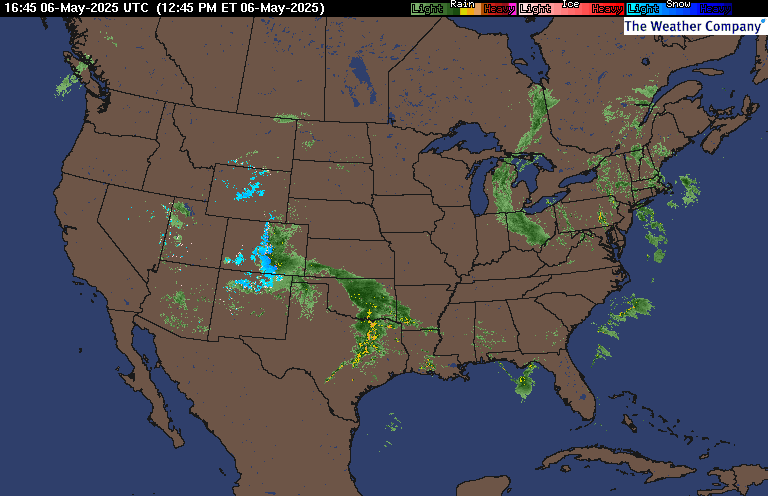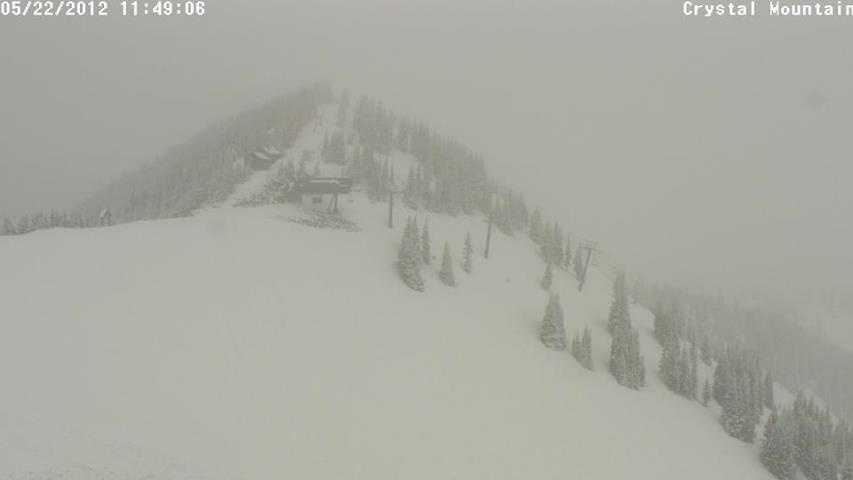

(For animated map, click here.)īehind this sub-surface cold pool lies an anomalous warm pool that extends westward under the Equatorial Pacific to Australia. Equatorial Pacific sub-surface heat content from Sept. Upwelling currents (Figure 4) indicate that a pocket of cold water is coming to the surface in the eastern Equatorial Pacific.įigure 4.

Above normal sea surface temperature cover the Atlantic north of the Equator and in the Pacific Ocean just north of the Equator off of the western Mexico coastline. Strong cold anomalies exist in the Gulf of Alaska (blue shading), with a much weaker signal across the Equatorial Pacific. It also led to heavy snowfall accumulations across the northern two-thirds of Nebraska and subsequent flooding due to the development of a bomb cyclone in early March 2019.Ĭurrent global sea surface temperature anomalies can be viewed in Figure 3. So much snow fell in the California Sierras during the 2018-19 winter that spring runoff led to the Oroville dam failure. You have to go back to 2018 to see such a strong event develop during the late fall. What is unusual about this fall’s atmospheric river event was how early it developed. Global sea surface temperature anomalies as of Nov. When all atmospheric river events are analyzed together, January is the most common month for development.įigure 3. In addition, 80% of the flood damage historically can be directly tied to atmospheric river events. In fact, these atmospheric river events produce as much as 50% of the water supply for areas west of the Continental Divide according to the National Oceanic and Atmospheric Administration (NOAA). The term atmospheric river is just a fancy terminology for a thin ribbon of water vapor that has tropical origins interacting with low pressure moving into the western United States and enhancing rainfall. Each of these events have occurred since the beginning of October.

In addition, atmospheric river events have developed across southeastern Alaska, as well as northwestern Washington and southwest British Columbia. This fall has produced an increase in storm activity across the Pacific Northwest, along with an atmospheric river event across the northern half of California during the last one-third of October. Strong atmospheric ridging across the western third of the United States pushed surface systems either northeastward over the top of the ridge or southeastward into the southern Great Basin where they were directed eastward by the southern jet stream last winter. Even though the northern Plains typically sees colder and stormier winters about 70% of the time during La Niña events, it is not guaranteed. As the events reach the moderate and strong stage, this snowfall anomaly shift toward the northern Plains and south-central Canada. When examining the associated snowfall anomalies that occur during La Niña events across the continental United States, there is positive anomaly for the central and northern Plains during weak La Niña events. Last year, this same region experienced average temperature anomalies of -2☏ to +2☏ from average. Average temperatures are also polar opposite of last fall across the High Plains with anomalies running 3-6☏ above average from Texas northward through North Dakota. To our south, dry conditions can be found from Kansas southward, with strong dryness noted across eastern Texas and Oklahoma.

A wet pattern has been firmly established across the eastern Dakotas, eastern Nebraska, Minnesota and the northern half of Iowa. The weather pattern this fall has been more active for the northern Plains (Figure 1) then during the fall of 2020 (Figure 2). Departure from normal precipitation from September to November 2020.


 0 kommentar(er)
0 kommentar(er)
